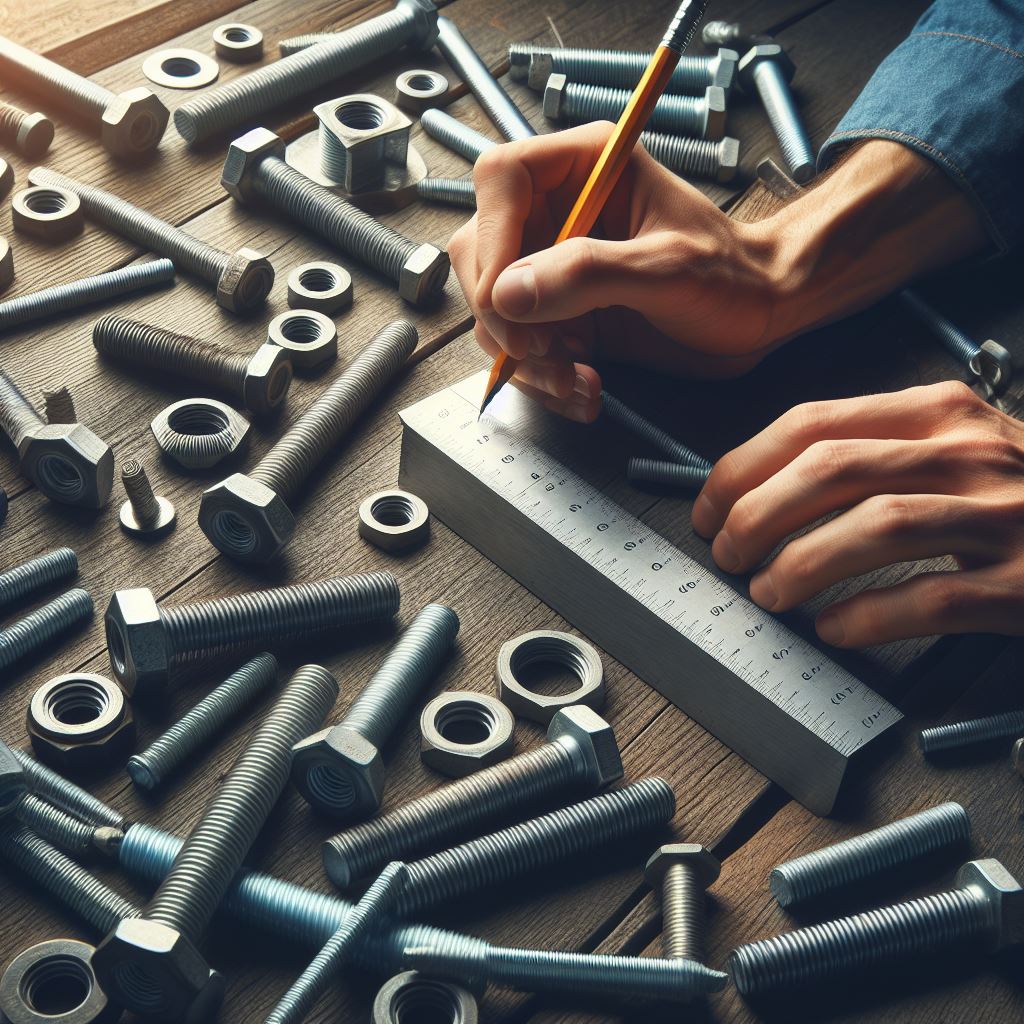Demystifying Fasteners: A Guide to Bolt Grades and Their Applications

Fasteners, such as bolts, play a crucial role in holding together the world around us. Whether constructing a building, assembling machinery, or securing aerospace components, the right choice of bolts is paramount. In this guide, we’ll delve into the diverse world of bolt grades, exploring their characteristics and applications. Understanding bolt grades is not only essential for ensuring structural integrity but also for optimizing performance in various settings.
check out this comprehensive resource, For a detailed guide on how to measure a bolt size and thread size.
1. The Basics of Bolt Grades
Bolt grades are a standardized way of categorizing bolts based on their material, mechanical properties, and intended use. The two most common grading systems are the SAE (Society of Automotive Engineers) system, which uses numbers such as 2, 5, or 8, and the ASTM (American Society for Testing and Materials) system, which employs a combination of letters and numbers, like Grade 2, Grade 5, and Grade 8.
-
Grade 2: These bolts are made of low or medium carbon steel and are suitable for general applications with low to moderate stress.
-
Grade 5: With increased strength, Grade 5 bolts are often used in automotive and machinery applications. They are made of medium carbon steel and are heat-treated for additional strength.
-
Grade 8: The highest SAE grade, Grade 8 bolts are made of alloy steel and are heat-treated to provide excellent strength. They are commonly used in high-stress applications, such as in construction and heavy machinery.
2. Characteristics of Bolt Grades
Understanding the characteristics of different bolt grades is essential for making informed choices in various engineering and construction scenarios.
-
Strength: Bolt grades directly correlate with strength. Higher-grade bolts can withstand more stress and load. Engineers must carefully assess the required strength for a given application.
-
Material Composition: Different grades are composed of varying materials, ranging from carbon steel to alloy steel. The choice of material depends on factors like environmental conditions, temperature, and specific industry standards.
-
Heat Treatment: Some bolt grades undergo heat treatment processes to enhance their mechanical properties. Heat treatment can improve hardness, toughness, and resistance to fatigue.
3. Applications of Bolt Grades
Choosing the right bolt grade is not a one-size-fits-all decision. Each grade has its niche applications where it excels:
-
Grade 2: Ideal for non-critical applications with minimal stress, such as light-duty construction or DIY projects.
-
Grade 5: Widely used in automotive and machinery applications where moderate strength and durability are required.
-
Grade 8: Reserved for heavy-duty applications, including construction, agriculture, and aerospace, where high strength is paramount.
4. Importance of Choosing the Right Bolt Grade
The consequences of using the wrong bolt grade can be severe. Insufficient strength may lead to bolt failure, compromising the integrity of a structure or assembly. On the other hand, using a higher-grade bolt than necessary may result in unnecessary costs.
-
Structural Integrity: The primary function of bolts is to provide structural stability. Choosing the right grade ensures that the bolt can withstand the anticipated loads and stresses.
-
Cost Optimization: Selecting an appropriate bolt grade based on the application prevents over-specification, helping to optimize costs without compromising safety.
Conclusion
Demystifying bolt grades is crucial for anyone involved in construction, manufacturing, or engineering. Each grade serves a specific purpose, and understanding their characteristics and applications is vital for ensuring the reliability and safety of structures and assemblies. By choosing the right bolt grade, engineers and builders contribute to the longevity and performance of the projects they undertake. Whether it’s the foundation of a skyscraper or the chassis of a vehicle, the right bolt grade is the unsung hero holding it all together.


